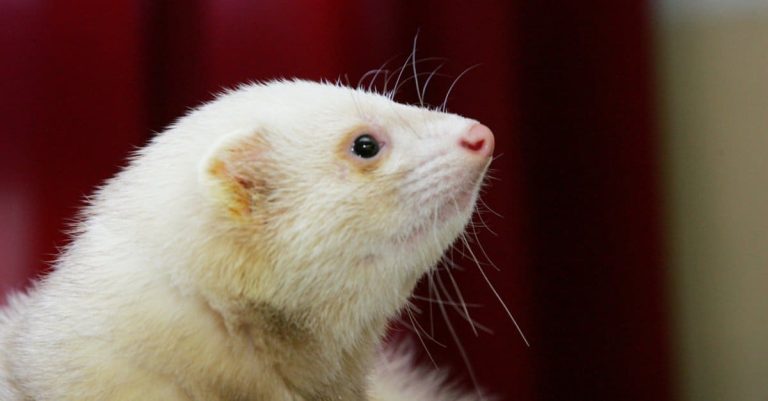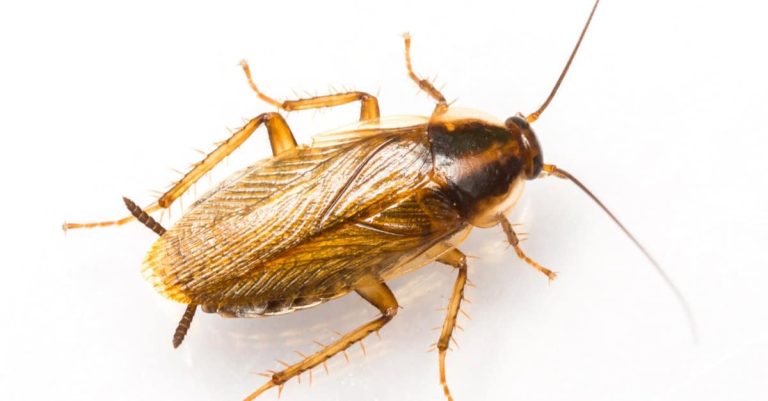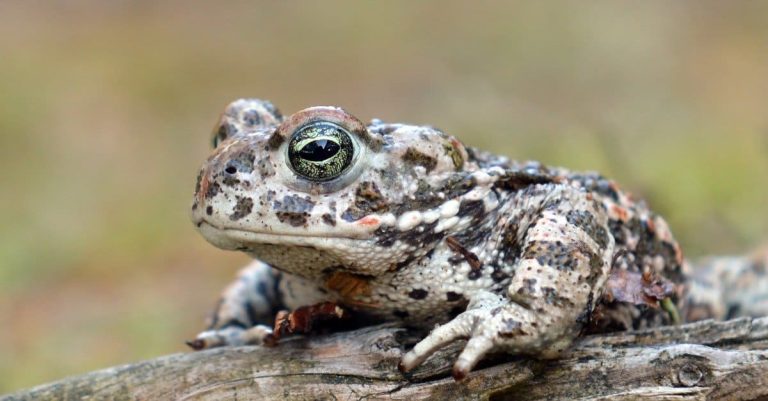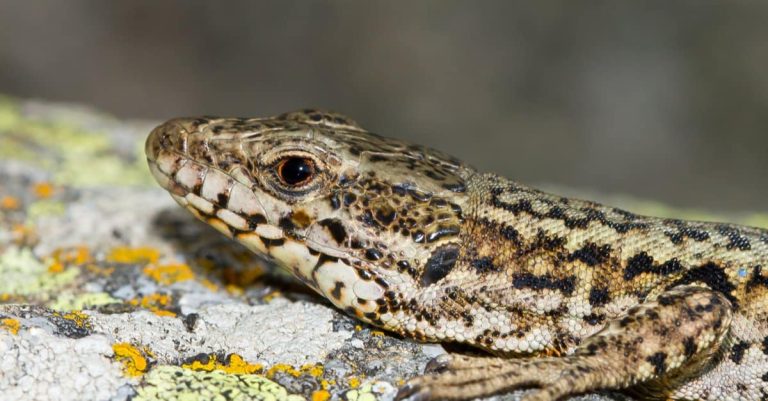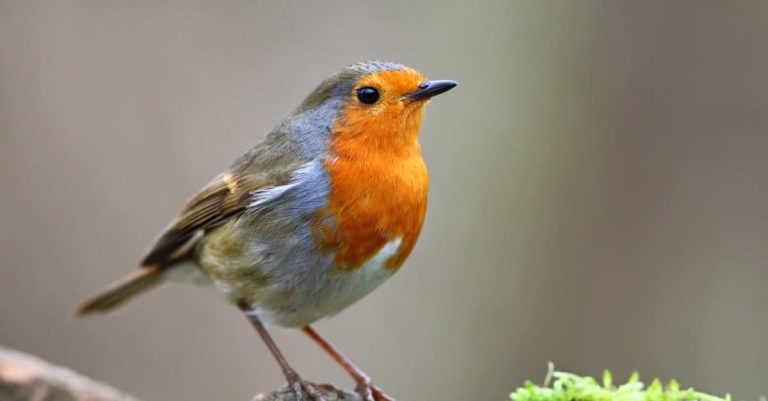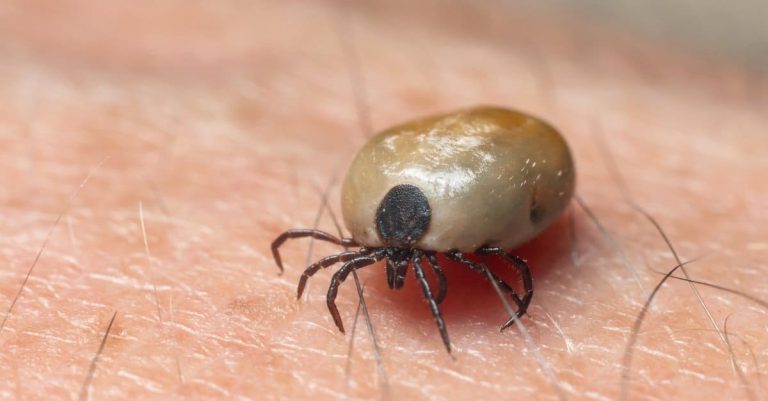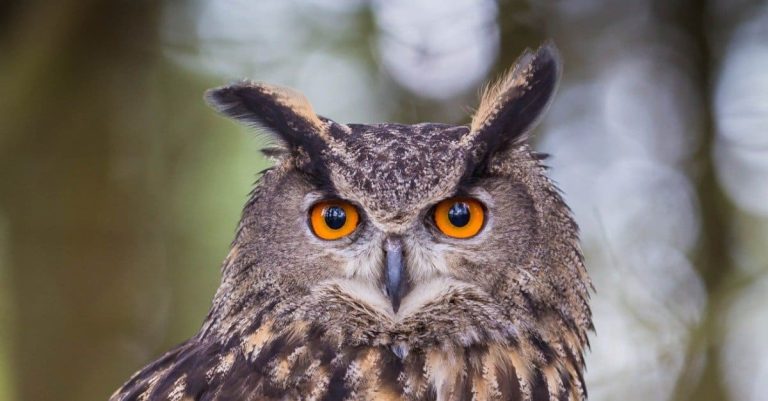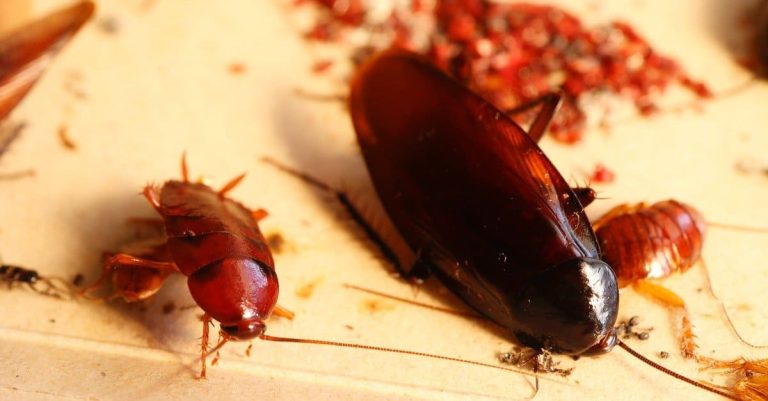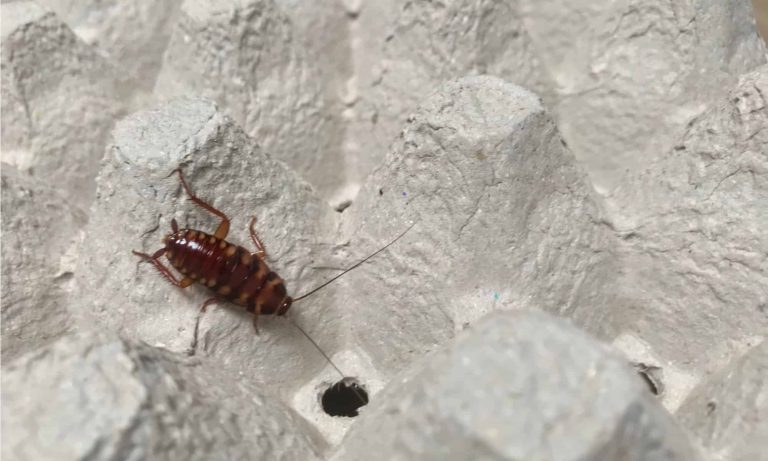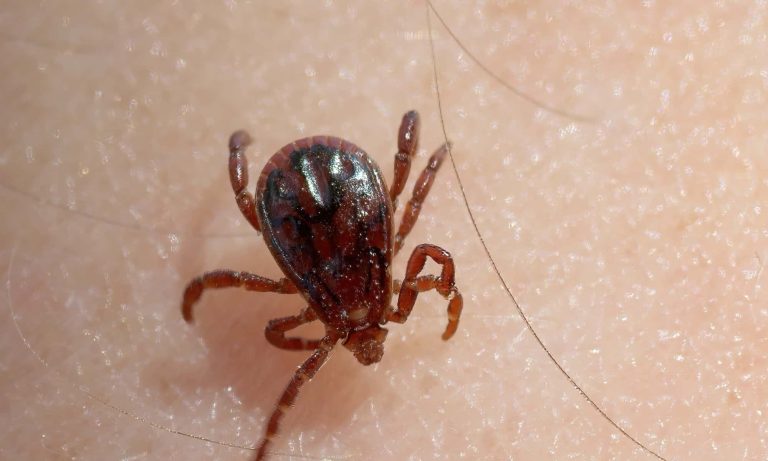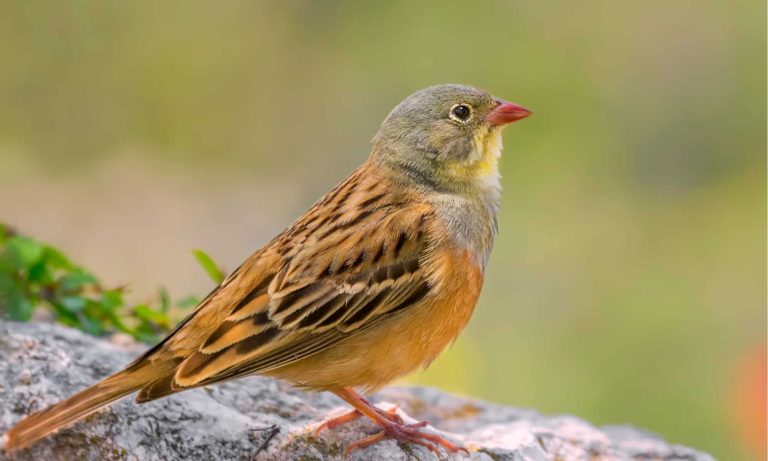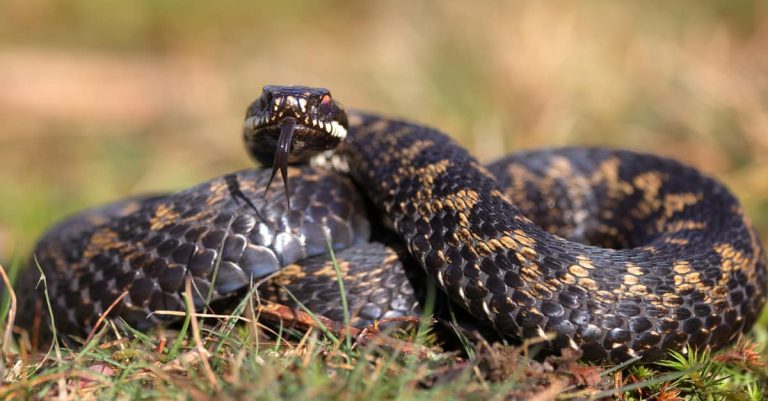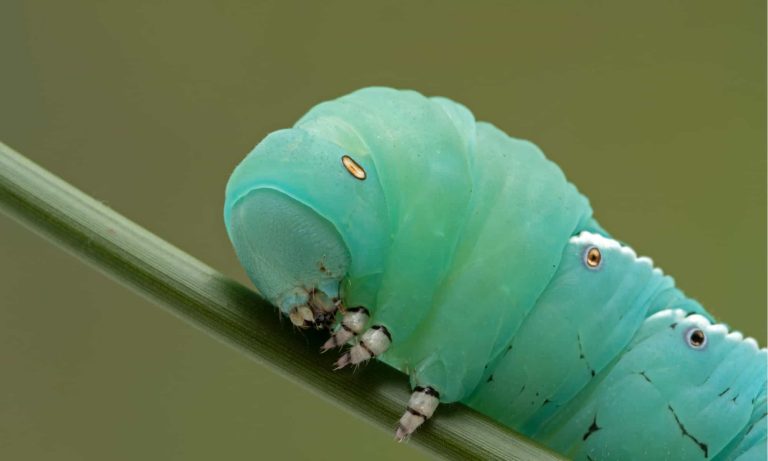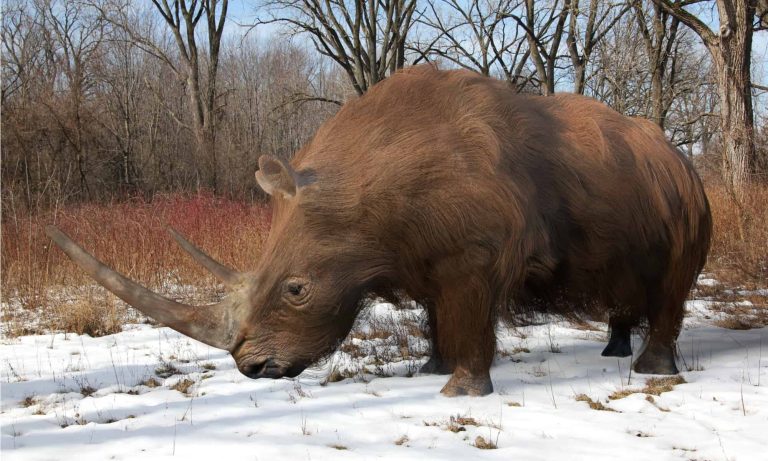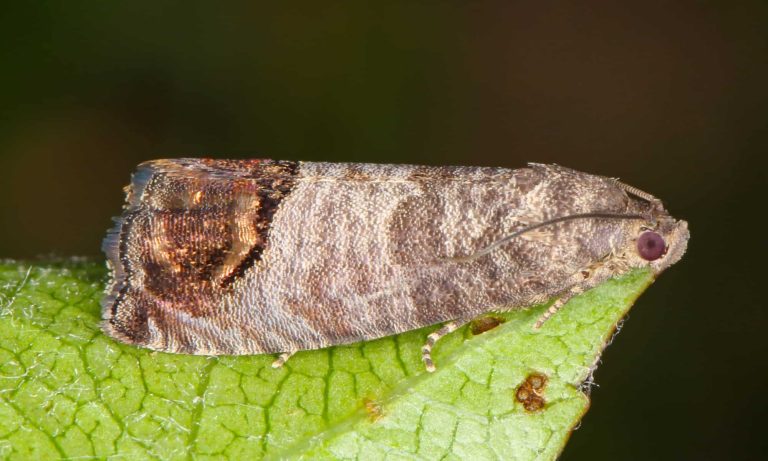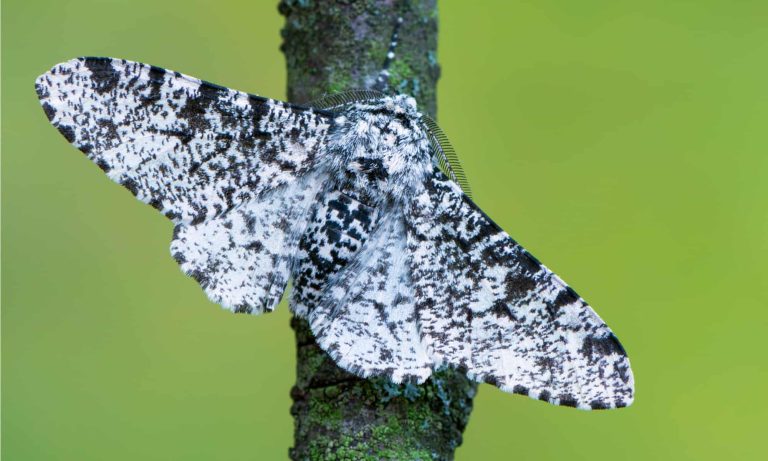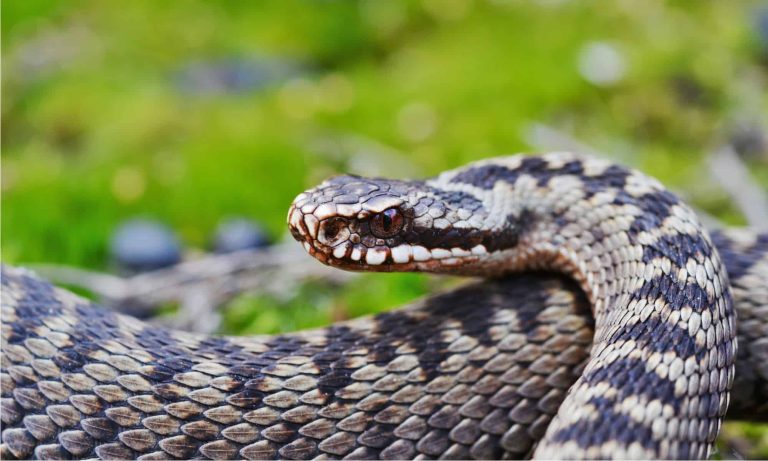Belgium
German Cockroach
The most common type of urban roach
Natterjack
Can lay up to 7500 eggs
Lazarus Lizard
Lazarus Lizards can communicate through chemical and visual signals.
European Robin
Male robins are so aggressive and territorial that they will attack their own reflections.
Dog Tick
Dog ticks feed on dogs and other mammals
Owl
The owl can rotate its head some 270 degrees
Smokybrown Cockroach
Has up to 45 eggs per egg case
Brown-banded Cockroach
Females glue egg cases to furniture
Brown Dog Tick
Can live its entire life indoors
Ortolan Bunting
The tradition of hiding your face with a napkin or towel while eating this bird was begun by a priest who was a friend of the great French gastronome Jean Anthelme Brillat-Savarin.
Common European Adder
European adders are the only snake that lives above the Arctic Circle.
Eurasian Jay
The Eurasian jay has the ability to mimic other sounds
Hawk Moth Caterpillar
Many hawk moth caterpillars eat toxins from plants, but don’t sequester them the way milkweed butterflies do. Most toxins are excreted.
Woolly Rhinoceros
The woolly rhinoceros roamed the earth between three and a half million and 14,000 years ago.
Codling Moth
Pupae are able to undergo diapause to survive poor fruit yield years and winter.
Peppered Moth
Teachers in schools often use the evolution of the peppered moth as a good example of Darwin’s theory of natural selection.
Viper
Vipers are one of the most widespread groups of snakes and inhabit most

